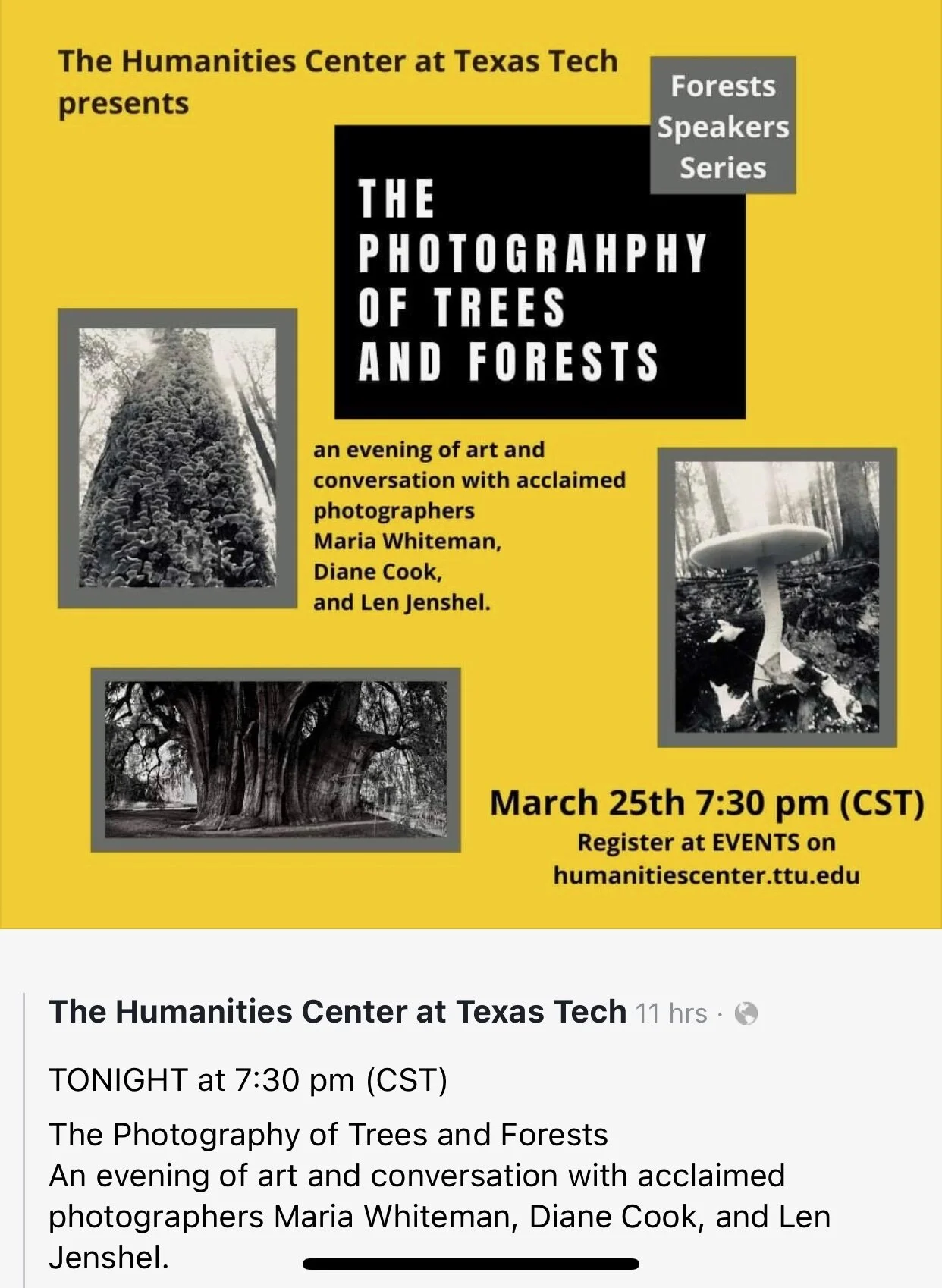










Westfir, Oregon and Bloomington, Indiana


Into The Forest Series, 2020-21 Photography and Video
2019 Experimental Engagement, “Mycelium Cosmology” and “Strange Strangers” Exhibition UC Irvine, Calif. 2019 IU Bicentennia, Evansville Museum of Arts, Science and History Museum of Arts, Exhibition as part of the 125th celebration of the School. Multichannel video “Strange Strangers.”






I have walked through forests, every day, for many years. Recently, my time in the woods has always been accompanied by the arrhythmic thrum of climate change or global warming buzzing in my head.
I took an increasing interest in learning more about fungi and their architecture. Recalling Anna Tsing’s observation in The Mushroom at the End of the World, “mushroom tracks are elusive and enigmatic following them takes me on a wild ride—trespassing every boundary” began to ring true and now resonates with me, as a person who walks in the woods every day.
One may effortlessly discover this world of recycling, of decaying matter, of decomposition which changes death into life, producing and reproducing at a different speed and time than human time. Fungi have these alien qualities: they are shape shifters with a cap, stem, scales, gills, veil and a volva. The microscopic spores are released like dust from under the cap where the gills are located. And getting close to the soil is not always a pretty sight. It can be strange, uncanny, smelly, gross – it's decay, after all. And fungi love it. That’s where they produce and absorb the nutrients to later share with the rest of the forests. It’s at the soil level that fungi decompose organic matter to absorb nutrients and make rich soil. The fungus itself is the fruiting body of a larger network below the surface, a rhizome of connecting tissue underground circulating food to trees and plants. It doesn’t get food from the sun: it doesn’t have a photosynthesis appetite.

























